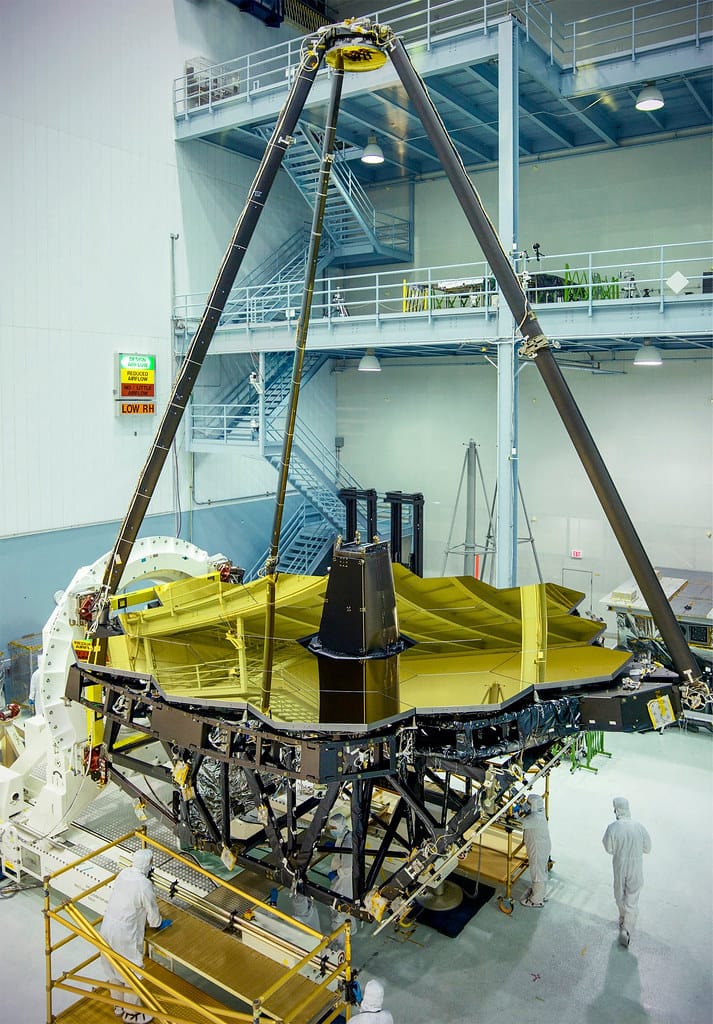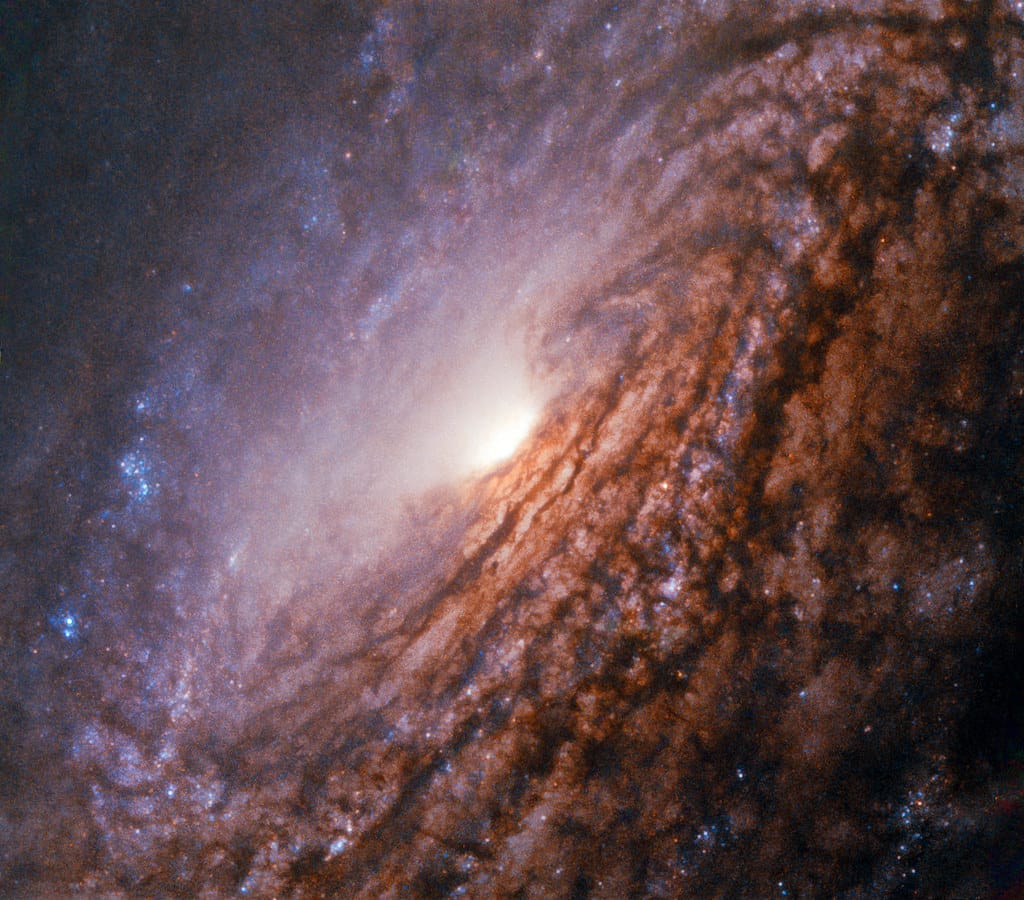James Webb Space Telescope Makes Groundbreaking Discovery of Its First Exoplanet
The James Webb Space Telescope has achieved another remarkable milestone, confirming the discovery of its first exoplanet just months after beginning its scientific operations. The newly discovered world, designated LHS 475 b, marks a pivotal moment in space exploration and demonstrates the unprecedented capabilities of humanity's most powerful space observatory.
A New Era of Exoplanet Detection
Located approximately 41 light-years away in the constellation Octans, LHS 475 b represents more than just another addition to our catalog of known exoplanets. This discovery showcases Webb's extraordinary ability to detect and analyze distant worlds with unprecedented precision, opening new frontiers in our search for potentially habitable planets.
The exoplanet, which orbits a red dwarf star, is nearly identical in size to Earth—measuring 99% of our planet's diameter. This Earth-sized world completes one orbit around its host star in just two days, making it what astronomers classify as a "hot super-Earth" or "sub-Neptune."
Revolutionary Detection Methods
What makes this discovery particularly significant is how Webb identified the planet. Using its advanced transit photometry technique, the telescope detected the subtle dimming of the host star's light as LHS 475 b passed in front of it. This method, while not new, has been refined to extraordinary precision by Webb's sensitive instruments.
The telescope's Near-Infrared Spectrograph (NIRSpec) played a crucial role in confirming the planet's existence and gathering detailed information about its characteristics. Unlike previous space telescopes, Webb can analyze the atmospheric composition of exoplanets with remarkable accuracy, potentially identifying biosignatures that could indicate the presence of life.
Atmospheric Analysis Reveals Intriguing Mysteries
Initial observations of LHS 475 b's atmosphere have yielded fascinating results. While astronomers have ruled out several atmospheric compositions—including thick, methane-dominated atmospheres similar to Saturn's moon Titan—they haven't yet determined the exact nature of its atmospheric envelope.
The planet could have a thin atmosphere, similar to Mars, or it might be completely airless like Mercury. Researchers have also identified the possibility of a pure carbon dioxide atmosphere, though this requires additional observations to confirm. These findings highlight both the capabilities and limitations of current technology in characterizing distant worlds.
Implications for Future Discoveries
This milestone discovery carries profound implications for the future of exoplanet research. Webb's success with LHS 475 b demonstrates that the telescope can reliably detect Earth-sized planets around nearby stars, significantly expanding our ability to find potentially habitable worlds.
The precision of Webb's measurements also opens new possibilities for studying planetary atmospheres in unprecedented detail. As Dr. Kevin Stevenson from Johns Hopkins University noted, "With this telescope, rocky exoplanets are the new frontier."
Technical Achievements and Limitations
The detection of LHS 475 b required multiple observation sessions spanning several months. Webb's instruments tracked the planet through four separate transits, building a comprehensive dataset that confirmed its existence and basic characteristics.
However, the discovery also highlights current limitations in exoplanet characterization. Despite Webb's advanced capabilities, determining the exact atmospheric composition of LHS 475 b remains challenging, requiring additional observations and analysis techniques.
Looking Forward: What This Means for Astronomy
This first exoplanet discovery by Webb represents just the beginning of what promises to be a revolutionary period in astronomy. The telescope's ability to detect Earth-sized planets around nearby stars significantly increases our chances of finding potentially habitable worlds within our cosmic neighborhood.
Furthermore, Webb's spectroscopic capabilities could eventually allow scientists to detect water vapor, oxygen, and other potential biosignatures in exoplanet atmospheres—bringing us closer than ever to answering the fundamental question of whether life exists elsewhere in the universe.
Conclusion
The discovery of LHS 475 b marks a historic achievement for the James Webb Space Telescope and represents a significant leap forward in our quest to understand worlds beyond our solar system. While this particular planet may not be habitable due to its extreme proximity to its host star, it demonstrates Webb's remarkable capability to detect and analyze Earth-sized exoplanets with unprecedented precision.
As Webb continues its mission, astronomers expect many more groundbreaking discoveries that will reshape our understanding of planetary systems and potentially answer one of humanity's greatest questions: Are we alone in the universe?

